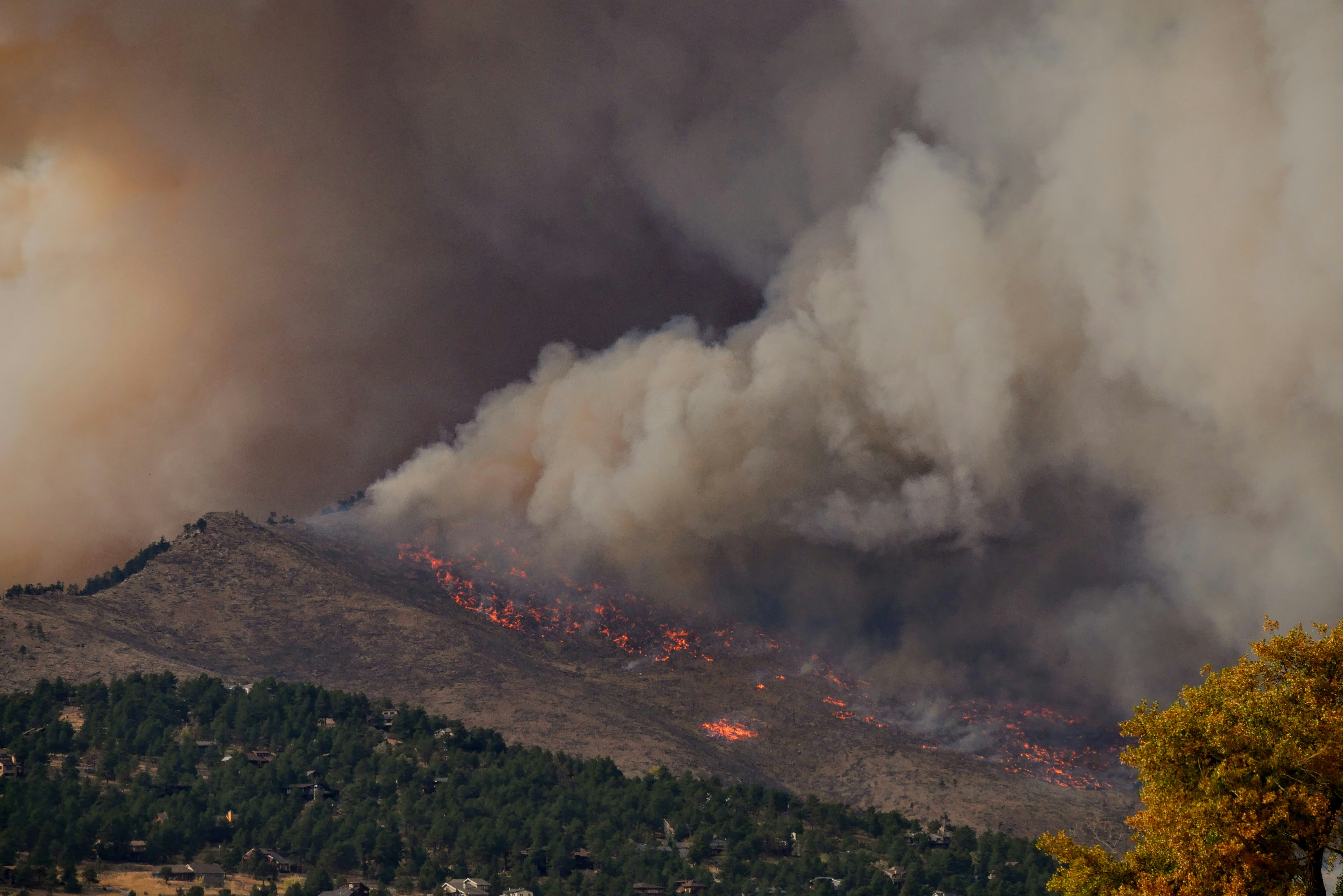Robotics 88: investing in fire prevention
Significant and devastating wildfires are the new normal. The effects of climate change worsen the spread and intensity through rising temperatures, droughts, and extreme weather, but directly preventable human actions—poor land management, deforestation, faulty equipment—are risks we can and must mitigate. If there’s one thing we’re learning, it’s that not all fires are bad, but we must do more to prevent the costly and deadly ones before they happen.
Founded in 2021 by Erin Linebarger, Robotics 88 is tackling wildfire land management one drone at a time. Their team of pilots and engineers design and build drones with one mission: to help make the planet safer, healthier, and more sustainable. We asked Erin where the opportunities lie within this market, and why she’s building the first end-to-end solution for prescribed fire operations (i.e. controlled burns).
What are the most common misconceptions surrounding how wildland fire management is being done today?
The persistent myth is that we can live in a world without fire or smoke. For thousands of years, Indigenous communities practiced cultural burning to maintain ecological balance, a tradition disrupted by Western settlers. Fortunately, good fire is making a comeback—both in Indigenous communities and land management agencies—but significant barriers remain to scaling it at the level needed to restore equilibrium and address the current wildfire crisis. America’s landscapes are fire-adapted, yet rigid air quality regulations often block prescribed burns due to minor smoke increases. This ironically increases the risk of devastating wildfires with far greater health consequences. We need more flexibility to make small, calculated sacrifices now to prevent far greater disasters in the future.
Where are the biggest opportunities within this market?
The biggest opportunity in wildfire is in technologies that scale prescribed fire and managed fire (i.e., fire that starts naturally, but is allowed to burn with containment support from wildfire management teams). Wildfire suppression is an unsustainable, costly battle, yet much of the fire-tech industry has historically focused there. Investing in prevention yields far greater returns, both economically and ecologically. Healthier landscapes and safer areas where development meets wildlands depend on stronger hazardous fuels management programs and firewise homes. To prevent more catastrophic wildfires, budgets must shift toward proactive, rather than reactive, solutions.
Having spent time working for the Navy, what lessons do you carry from that experience that inform how you lead as founder/CEO?
It taught me that I thrive on taking risks to bring my own ideas to life rather than waiting for someone else to determine if they fit into their project portfolio.
This or That:
Hardware-first or Software-first: Software-first, but always with a hardware component!
Cats or Dogs: Cats, Gizmo most of all (my favorite of my 3 cats)
East Coast or West Coast: Family and work are determined to keep me equally split on this one!
Favorite recent book: Shards of Earth by Adrian Tchaikovsky
Favorite podcast: Fluctuates between Acquired and Stuff You Should Know
Favorite quote or mantra: “Courage is more exhilarating than fear and in the long run it is easier. We do not have to become heroes overnight. Just a step at time, meeting each thing that comes up, seeing it is not as dreadful as it appeared, discovering we have the strength to stare it down.” - Eleanor Roosevelt
Photo by Malachi Brooks on Unsplash
